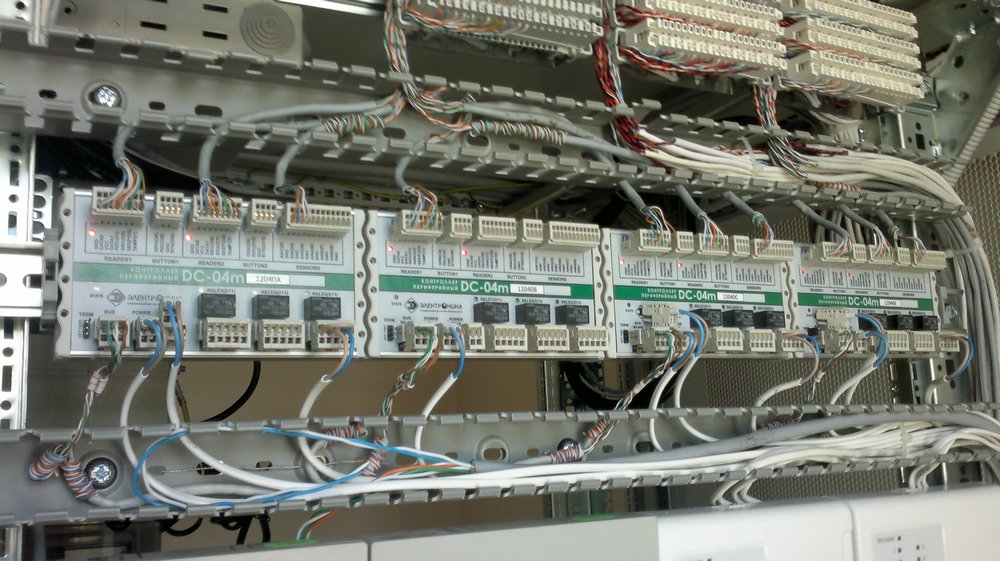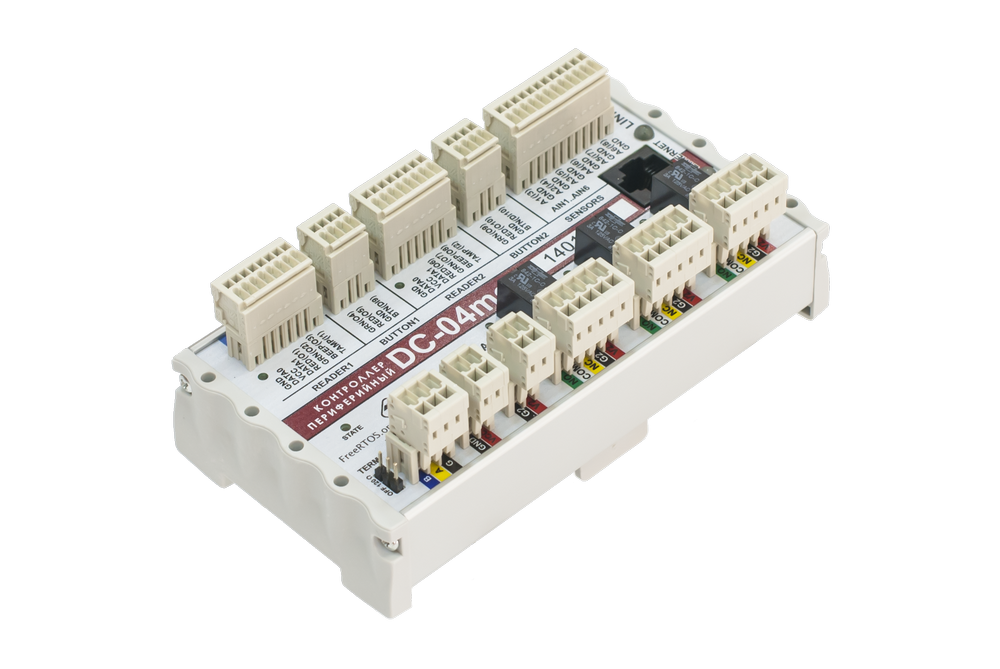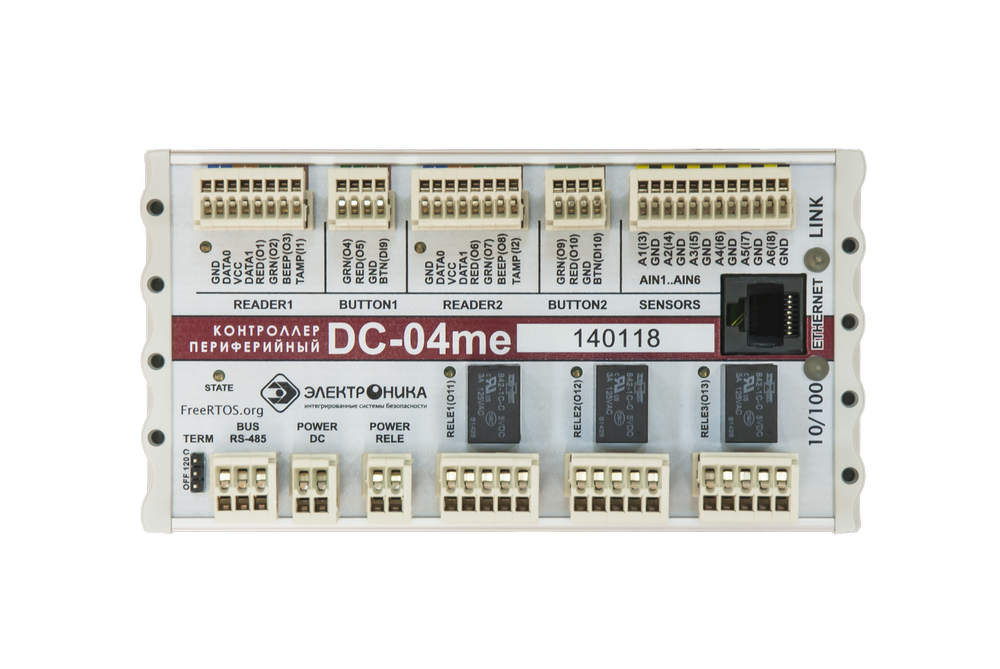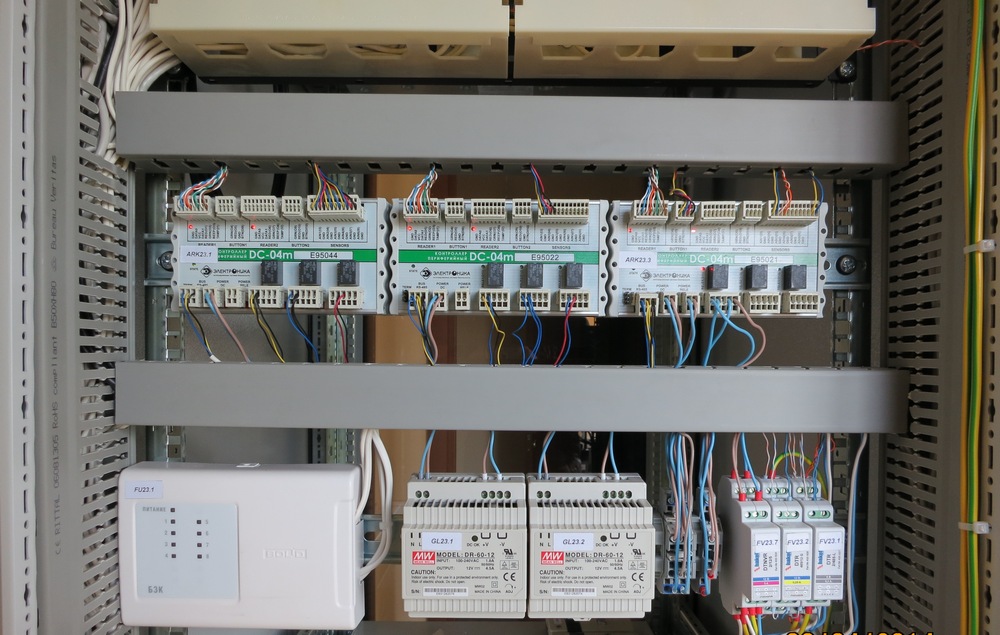A device for building access control and alarm systems.
Microprocessor-based executive-monitoring address device that receives signals from barriers, turnstiles and other devices and transmits to the control controller. Up to three actuators can be connected in total.



